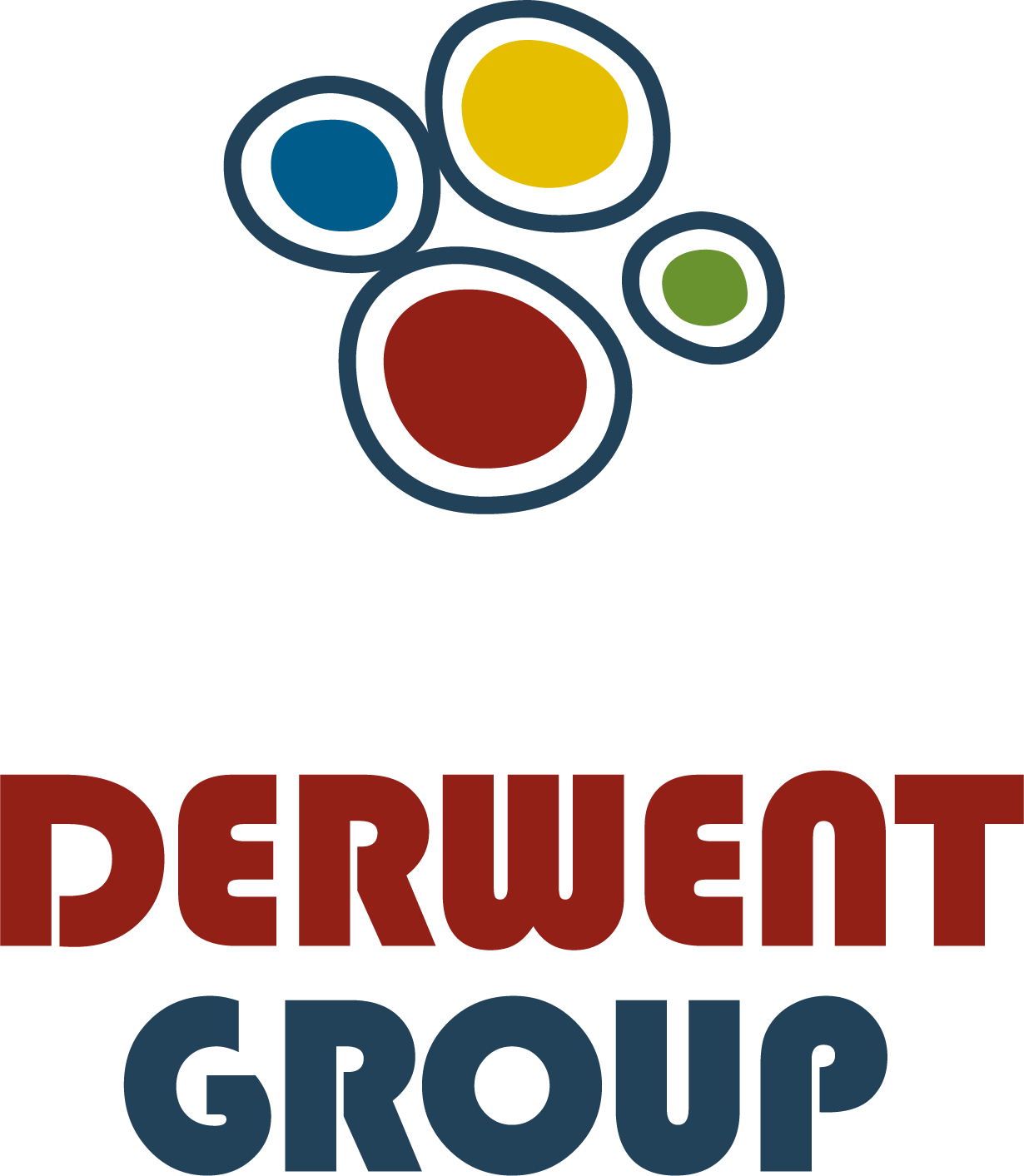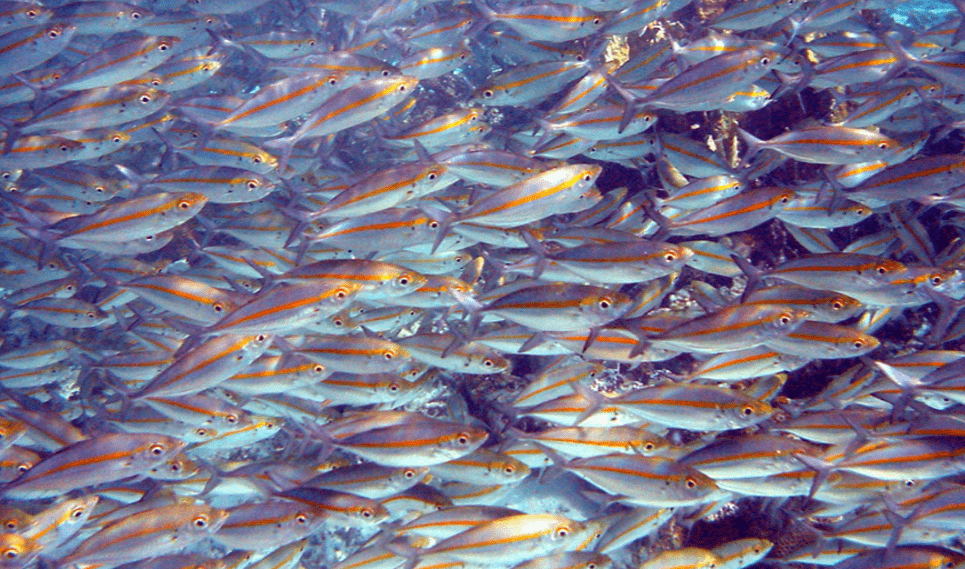In RAS aquaculture systems, one of the key points is the constant maintenance of water quality. To achieve appropriate water quality, filtration is one of the most important stages in the process.
This process can be divided into phases depending on the type of waste to be removed. In our latest research article, we focus on the elimination of solids and of ammonium, explaining all the details and secrets behind it.
Elimination of solids (with mechanical filters)
There are different solutions for the removal of solid waste: drum filters, belt filters and skimmers.
As a general rule, it can be said that for every kg of feed provided, 250 g of solids are generated which must be eliminated.
Solids are made up of both organic and inorganic compounds. These solids cause problems in the system, such as clogged pipes, increased oxygen consumption and saturation of the filtration equipment itself. Also, during their decomposition process, in addition to the aforementioned oxygen consumption, ammoniacal nitrogen in the form of NH3 and NH4+ is released. It is important to point out that 70% of ammoniacal nitrogen is related to the organic solids not excreted as liquid nitrogen. Therefore, the mechanical filtration phase is very important in the process at an RAS facility.
The most widely used systems to remove these solids are drum filters and sedimentation filters.
Drum filters
In drum filters, suspended solids are removed continuously and automatically from the system water. Besides, they do not require daily maintenance. In the drum filter, the system water passes through the filter. As it flows, the particles in the water are retained by the filter screen. Due to the obstruction of the filter screen, the water level inside the drum will increase. As a result, the washing mechanism is put into operation. The drum begins to spin, and high-pressure water is sprayed from outside the drum to remove the particles from the screen. The disadvantage of a drum filter is the continuous need for electricity.
Sedimentation filters
Water flow is conducted through the sedimentation tank. In this tank, gravity is used to separate the non-soluble solid particles from the system water. The sedimentation tank is equipped with a specially adapted filter where solids are deposited. The settled particles form a sludge layer at the bottom of the sedimentation tank, which later on is drained into the sewage system along with the water for cleaning. After this mechanical treatment, the system water flows through a UV filter into the pump tank.
Other types of filters, such as sand, cartridge or bag filters, are also used to a lesser extent for the removal of solid elements.
Ammonium removal
In closed systems, as in the case of RAS systems, the ammonium and nitrates produced by the metabolism of fish can accumulate in harmful concentrations for fish. After oxygen, nitrogen is the next most important factor for fish survival. For its removal, different types and designs of biofilters are used: submerged (used in the first RAS projects), percolating, rotary and fluidised-bed biofilters.
A biofilter’s main purpose is to provide a large specific surface to obtain an extensive colonisation of nitrifying bacteria that perform nitrification. The efficiency and performance of a biofilter will depend on factors of chemical, physical and biological origin.
Among the most widely used solutions today are fluidised-bed filters, which consist of a container in which the filter material is kept in continuous motion by agitation or aeration. This improves contact between the water and the filter material, increasing its efficiency.
It is important to be mindful of the toxicity limits for fish of the different products and intermediate steps in nitrification:
Ammonium: 0.02 mg/l
Nitrite: 2.00 mg/l
Nitrate: 100 mg/l
In short, filtering systems must be designed specifically for each farm based on its needs and objectives. This design will be one of the determining factors for the success of an RAS facility.
SOURCE:
IFAPA FAO www.aquaculture-com.net INIA Chile

